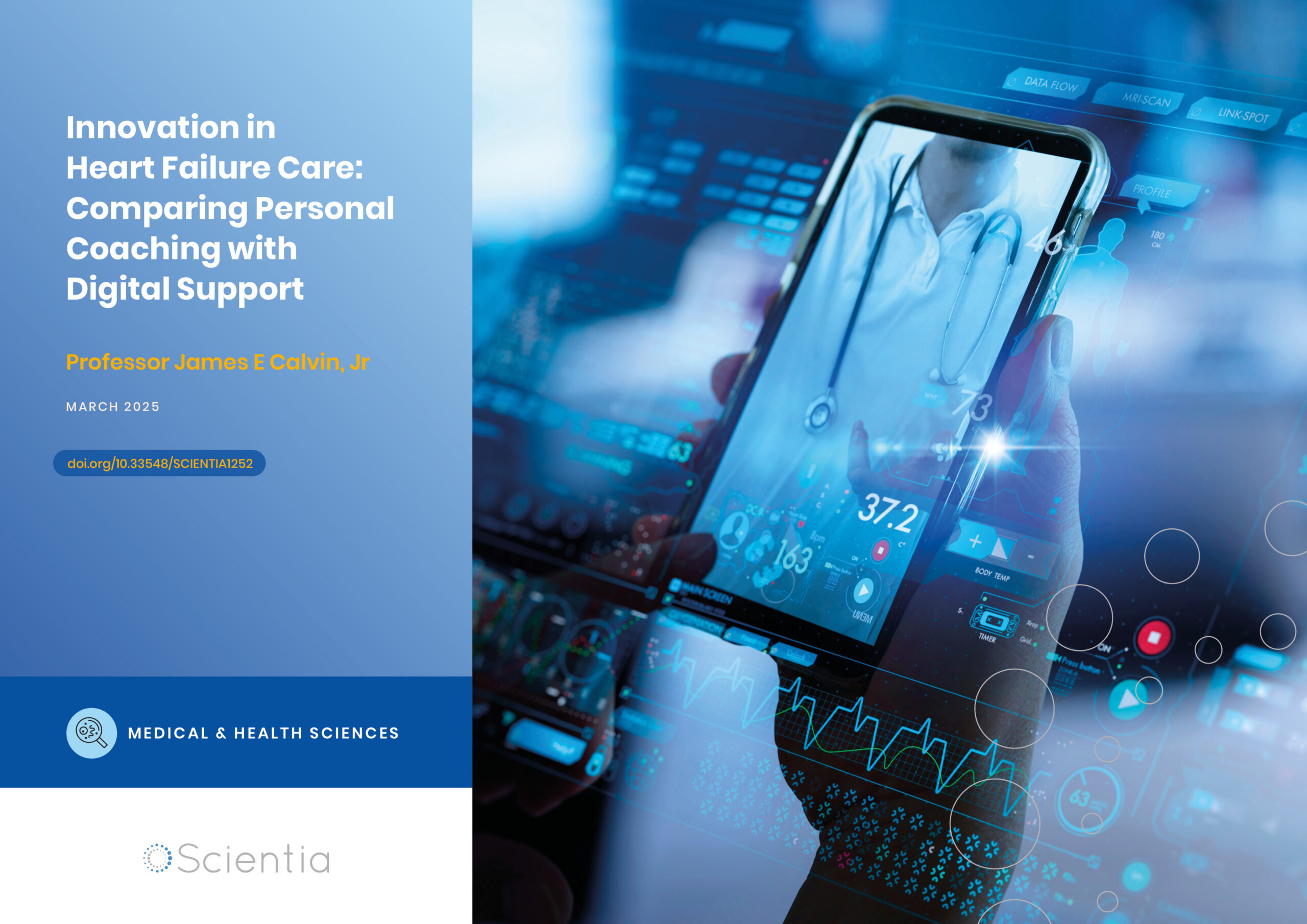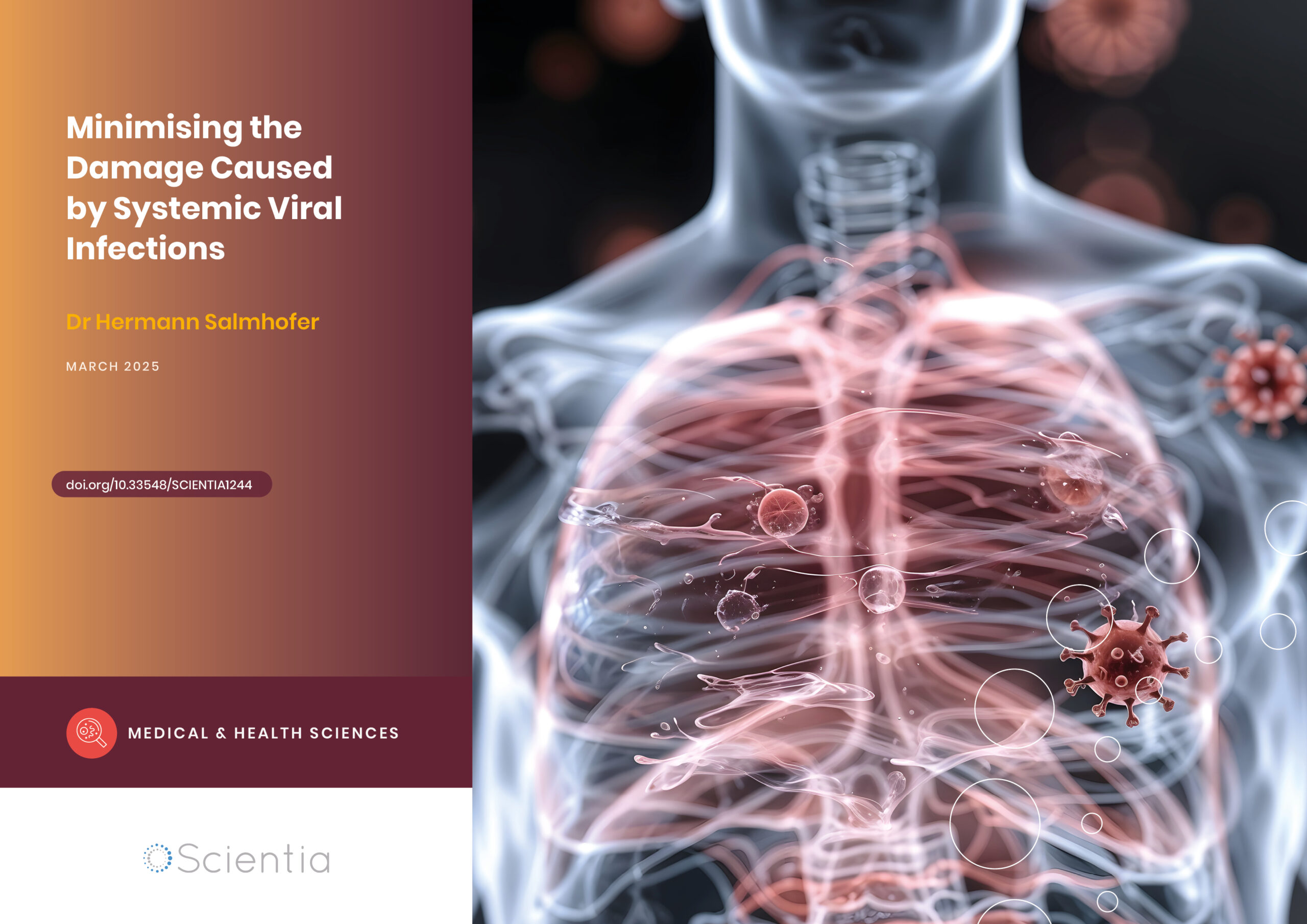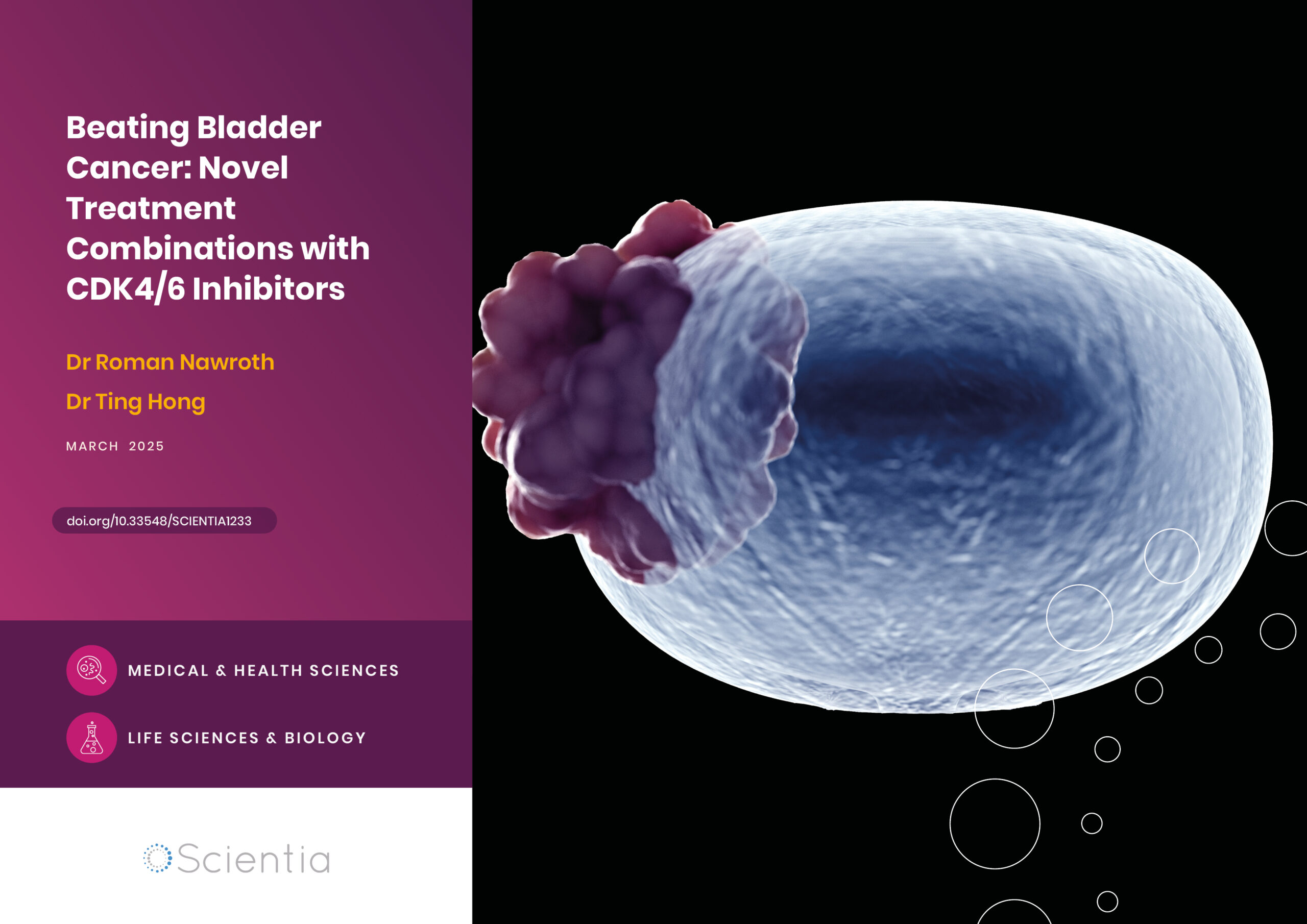Dr Sergey Malchenko | The Mystery of Mitochondrial Transfer: Understanding Brain Tumour Development
Understanding how brain tumours grow is vital to the development of novel approaches to beat this type of cancer. In ground-breaking research, Dr Sergey Malchenko from the University of Illinois College of Medicine Peoria, USA, has identified a cell communication phenomenon called mitochondrial transfer between particular types of brain cells. Alongside colleagues, he works to understand this process, allowing him to decipher its impact on the development of brain cancer.
Neural Stem Cells and Astrocytes
The central nervous system consists of the brain and spinal cord. However, these are not just made up of nerve cells, as the name implies. While there are plenty of nerve cells (also known as neurons) that are vital for the communication and coordination of the body through the conduction of electrical impulses, there is a myriad of other types of cells called glia. Glia cells carry out critical functions throughout the nervous system, supporting the nerve cells in a wide variety of ways.
Dr Sergey Malchenko conducts research at the University of Illinois College of Medicine Peoria, USA. He explains that astrocytes are one of the most abundant types of glial cells in the central nervous system, which help to regulate the environment of the nerve cells. He adds that there are also neural stem cells in the brain, which have a role in the regeneration, repair, and development of the nervous system, with the potential to grow into new neurons, as well as other types of brain cells. Deciphering the communication – cell signalling – between neural stem cells and the astrocytes in the surrounding area would likely help us understand how brain tumours develop.
Communication Using Mitochondria
Mitochondria are organelles, structures found within cells which have a particular role. They are most commonly known for being the ‘powerhouse’ of the cell – the site of cellular respiration where energy is released. They also play a vital role in cell communications. In the process called mitochondrial retrograde signalling, the mitochondria release specific molecules within the cell, which then act on the nucleus, influencing the expression of certain genes.
New developments in the world of mitochondria and cell signalling are shedding further light on these vital processes. Another communication phenomenon called intercellular mitochondrial transfer (iMT) has recently been described across different types of cells. This unique communication system uses tunnelling nanotubes (TNT), the formation of tiny hollow structures, for targeted transfer of mitochondria between cells.
Dr Malchenko’s research has led to the first evidence of iMT occurring in particular types of brain cells. His recent research has confirmed iMT between neural stem cells and astrocytes, but most significantly, demonstrated that iMT occurs between brain cancer stem cells (CSCs) and astrocytes.

S Malchenko, et al., Characterization of brain tumor initiating cells isolated from an animal model of CNS primitive neuroectodermal tumors, Oncotarget, 2018, 9(17), 3733-3747.
Understanding Brain Cancer Stem Cells
CSCs have similar characteristics to stem cells in that they can self-renew and change into other types of cells. Their presence is linked to the relapse and spreading of cancer with the formation of new tumours, and researchers are increasingly interested in CSC iMT and, in particular, how this communication influences neighbouring cells.
Dr Malchenko notes that CSC mitochondria signalling can promote many factors that make the cancer worse, including increased self-renewal, growth and tumour metastasis (spreading to other areas of the body), resistance to drug treatment, and alterations in metabolic plasticity (the ability of cells to adjust their metabolism in response to changes in their environment).
The role of the iMT in the initiation and progression of different types of cancer is not fully understood, and being able to target these problematic CSCs and their communication pathways could offer a novel approach to fighting cancer. In particular, the impact of mitochondrial transfer in the human nervous system and its role in brain cancer largely remains a mystery – but one that Dr Malchenko is determined to solve.
Mitochondrial Transfer Between Brain Cells
Dr Malchenko and his colleagues carried out a series of co-culture experiments using a variety of combinations of cells to investigate iMT. They looked at human neural stem cells and brain CSCs, which are also known as brain tumour-initiating cells (BTICs), and their mitochondrial signalling with close-by astrocytes. The team found evidence of iMT from both human neural stem cells and from BTICs to astrocytes, with some interesting differences which warrant further exploration.
Dr Malchenko explains that mitochondria transferred to astrocytes, from both neural stem cells and BTICs, triggered similar transcriptome changes in the receiving astrocytes. Such changes relate to the regulation of certain genes, which in turn result in various changes within the cells, depending on which genes are turned on or off. The team found that in contrast to the neural stem cells, the mitochondria transferred from the BTICs had a significant proliferative effect on the astrocytes, causing them to increase in numbers rapidly. They also suspect that the effect of iMT on the transcriptome changes and, in turn, the growth and proliferation of the astrocytes is due to mitochondrial retrograde signalling between the transplanted BTIC mitochondria and the receiving astrocyte nuclei.
Future Brain Cancer Research
The team’s previous research enabled the development of a method to produce human radial (RG) cells – precursors to neural stem cells – using induced pluripotent stem cell (iPSC) technology. They also established an animal model of brain cancer to allow the study of the disease. Dr Malchenko explains that these methods allow large quantities of RG cells and BTICS to be produced, enabling different types of experiments to be conducted. He adds that they were also able to use the RG cells to produce astrocytes at various stages of development, and highlights that their reproducible cell production methods and animal models could be used to further study the molecular impact of iMT and mitochondrial signalling within and between brain cells.
Dr Malchenko’s recent work forms a basis for understanding the impact of iMT on the mitochondria receiving astrocytes, providing new insights into the mechanisms of mitochondrial retrograde signalling pathways. Deciphering the impact of this communication between brain cells and having a reliable and reproducible in vitro model to allow further study of these cell interactions opens exciting new doors in the quest to uncover novel targets for cancer treatment.
SHARE
DOWNLOAD E-BOOK
REFERENCE
https://doi.org/10.33548/SCIENTIA1105
MEET THE RESEARCHER

Dr Sergey Malchenko
Department of Cancer Biology and Pharmacology
University of Illinois College of Medicine
Peoria, IL
USA
///Bio
Dr Sergey Malchenko obtained his MD from the Altay State Medical Institute in 1987 and his PhD in Molecular Genetics from the Institute of Cytology and Genetics (Russia) in 1996. He worked as a research scientist in the Department of Genetics at the Danish Institute of Agricultural Science and then moved to the USA to work at the University of Iowa. In 2013, he became the Director of the Human Disease Models Core at the Stanley Manne Children’s Research Institute in Chicago, while also conducting research at Northwestern University’s Feinberg School of Medicine. He currently holds the position of Research Assistant Professor in the Department of Cancer Biology and Pharmacology at the University Illinois College of Medicine at Peoria. Dr Malchenko is a member of the editorial board for Frontiers in Oncology and has published extensively on genetics, stem cells, and brain cancers.
CONTACT
E: sergeynm@uic.edu
W: https://cancer.uillinois.edu/member/sergey-malchenko-md-phd/
KEY COLLABORATORS

Dr Jerusha Boyineni, Senior Research Specialist, Department of Cancer Biology and Pharmacology, University of Illinois College of Medicine, Peoria, IL, USA

Dr Marcelo Bento Soares, Professor and Department Head for Cancer Biology and Pharmacology, Senior Associate Dean for Research, Professor of Psychiatry & Behavioral Medicine, Professor of Neurosurgery, Cancer Biology and Pharmacology Department of Cancer Biology and Pharmacology, University of Illinois College of Medicine, Peoria, IL, USA
FURTHER READING
J Boyineni, JM Wood, A Ravindra, et al., Prospective Approach to Deciphering the Impact of Intercellular Mitochondrial Transfer from Human Neural Stem Cells and Brain Tumor-Initiating Cells to Neighboring Astrocytes, Cells, 2024, 13, 204. DOI: https://doi.org/10.3390/cells13030204

REPUBLISH OUR ARTICLES
We encourage all formats of sharing and republishing of our articles. Whether you want to host on your website, publication or blog, we welcome this. Find out more
Creative Commons Licence (CC BY 4.0)
This work is licensed under a Creative Commons Attribution 4.0 International License. 
What does this mean?
Share: You can copy and redistribute the material in any medium or format
Adapt: You can change, and build upon the material for any purpose, even commercially.
Credit: You must give appropriate credit, provide a link to the license, and indicate if changes were made.
SUBSCRIBE NOW
Follow Us
MORE ARTICLES YOU MAY LIKE
Professor James Calvin | Innovation in Heart Failure Care: Comparing Personal Coaching with Digital Support
Heart failure remains one of the most challenging conditions facing healthcare systems today, with hundreds of thousands of new cases diagnosed annually. Professor James Calvin from Western University’s Schulich School of Medicine and Dentistry has led groundbreaking research comparing two innovative approaches to supporting patients: personal health coaches and smartphone reminders. His team’s findings suggest that combining human support with digital technology could transform how we help patients manage this complex condition.
Dr Hermann Salmhofer | Minimising the Damage Caused by Systemic Viral Infections
The mechanisms via which viral diseases infect and progress within the human body have become the subject of intense scrutiny since the emergence of the serious respiratory condition COVID-19, although many other viruses remain woefully under-researched. Recently, Dr Hermann Salmhofer and colleagues at the Paracelsus Medical University in Salzburg, Austria, have described the successful treatment of a harmful systemic virus affecting the kidneys, and suggest a possible new treatment target to mitigate the progression of the disease and prevent the development of permanent organ damage. Their findings, combined with broader research on viral infections, highlight the critical importance of both preventive measures and targeted treatments in managing viral diseases.
Revealing the Intricate Links Between Metabolism and Reproduction
The brain plays a vital role in controlling reproductive functions. It helps to maintain a delicate balance of hormones, all of which can be affected by the metabolism. Investigating the impact of the metabolism on reproductive development and function is critical to a better understanding of health and diseases. Professor Carol Fuzeti Elias and Dr Cristina Sáenz de Miera Patín from the University of Michigan in the USA, carry out groundbreaking research in neuroscience, exploring the molecular and neural mechanisms at play.
Beating Bladder Cancer: Novel Treatment Combinations with CDK4/6 Inhibitors
Cancer is one of the leading causes of death around the world. Research into this disease is vital to the development of new treatments, bringing fresh hopes to those affected by this potentially devastating diagnosis. Dr Roman Nawroth and Dr Ting Hong carry out their ground-breaking research at the Technical University of Munich in Germany. They focus their efforts on novel approaches to fight bladder cancer, exploring the use of CDK4/6 inhibitors.





